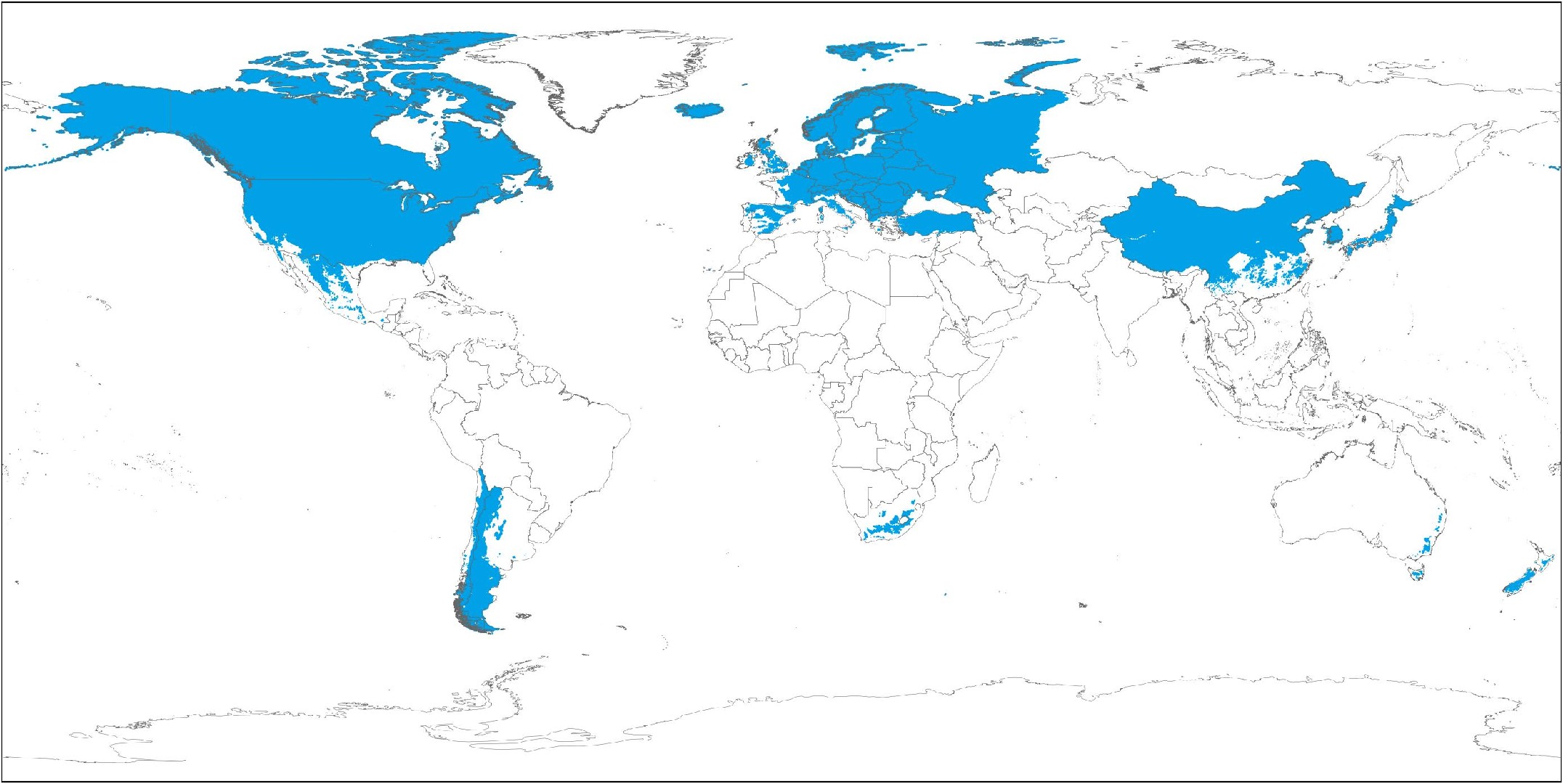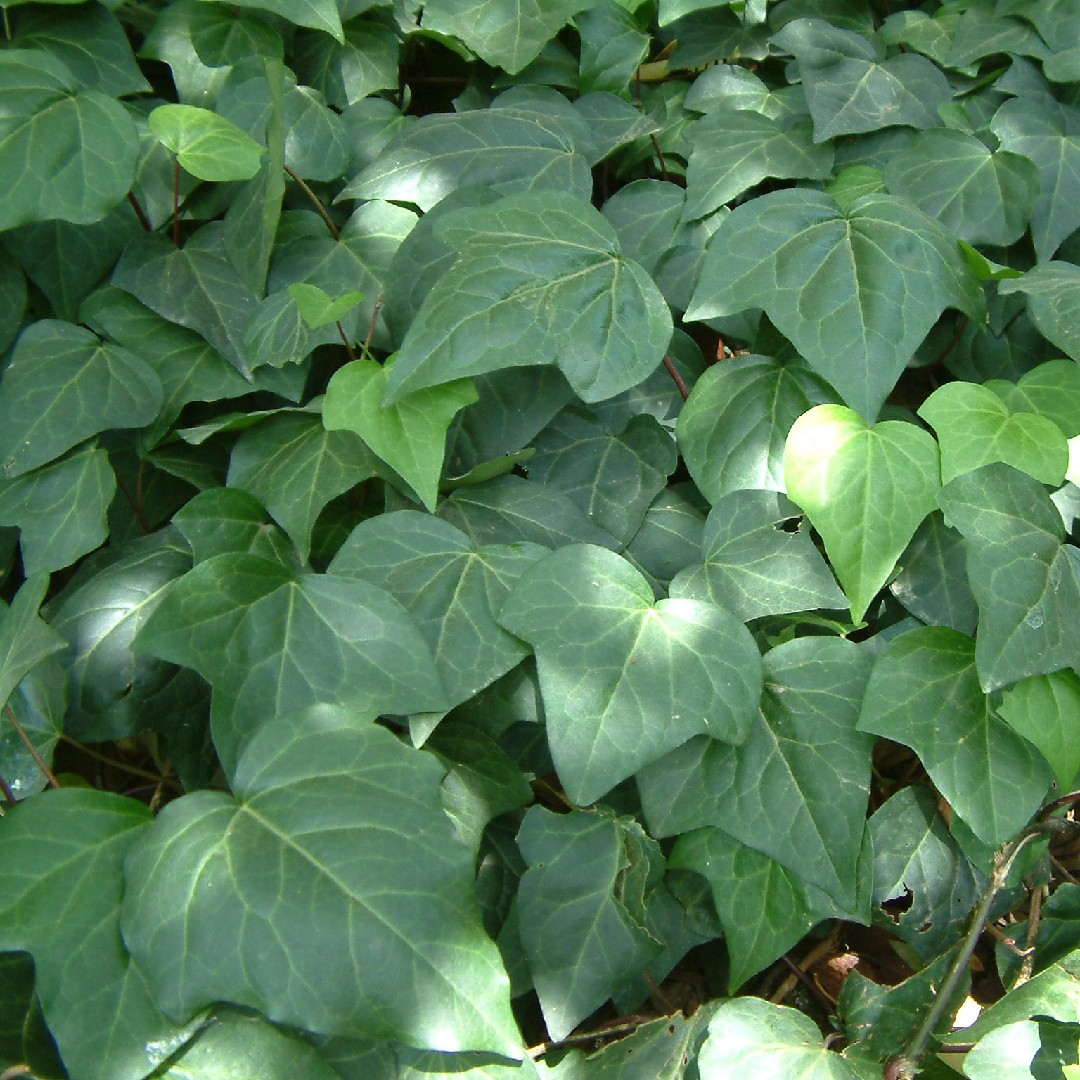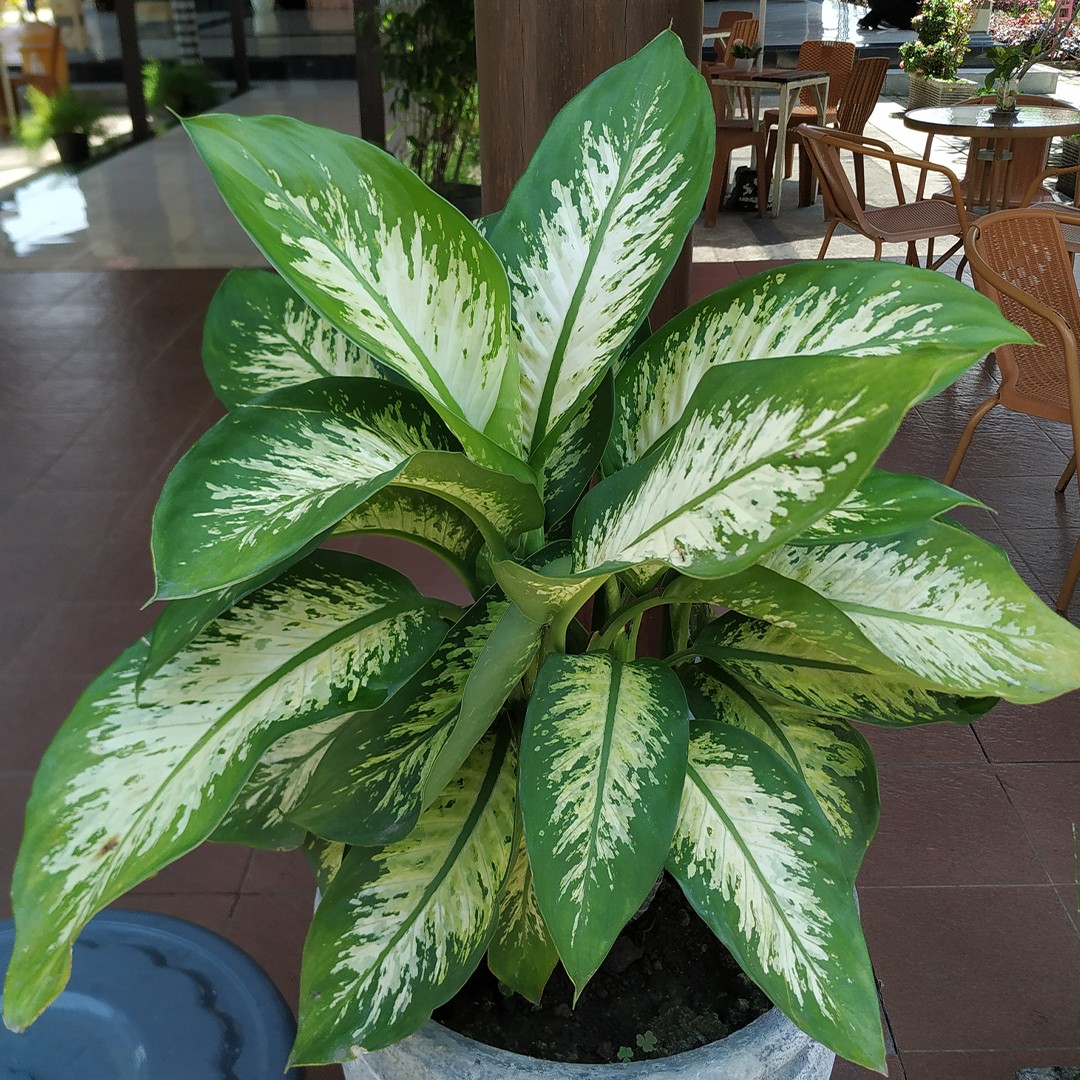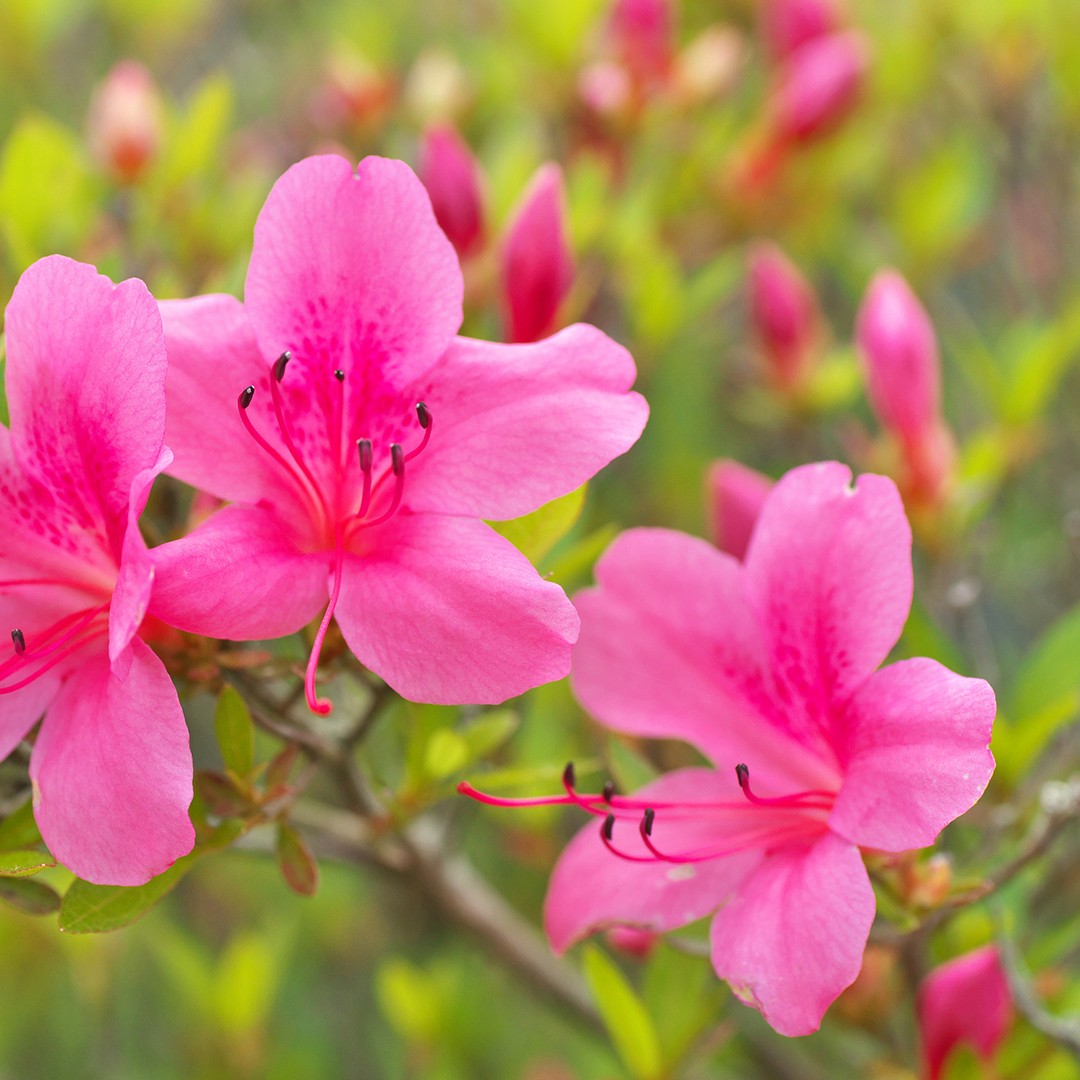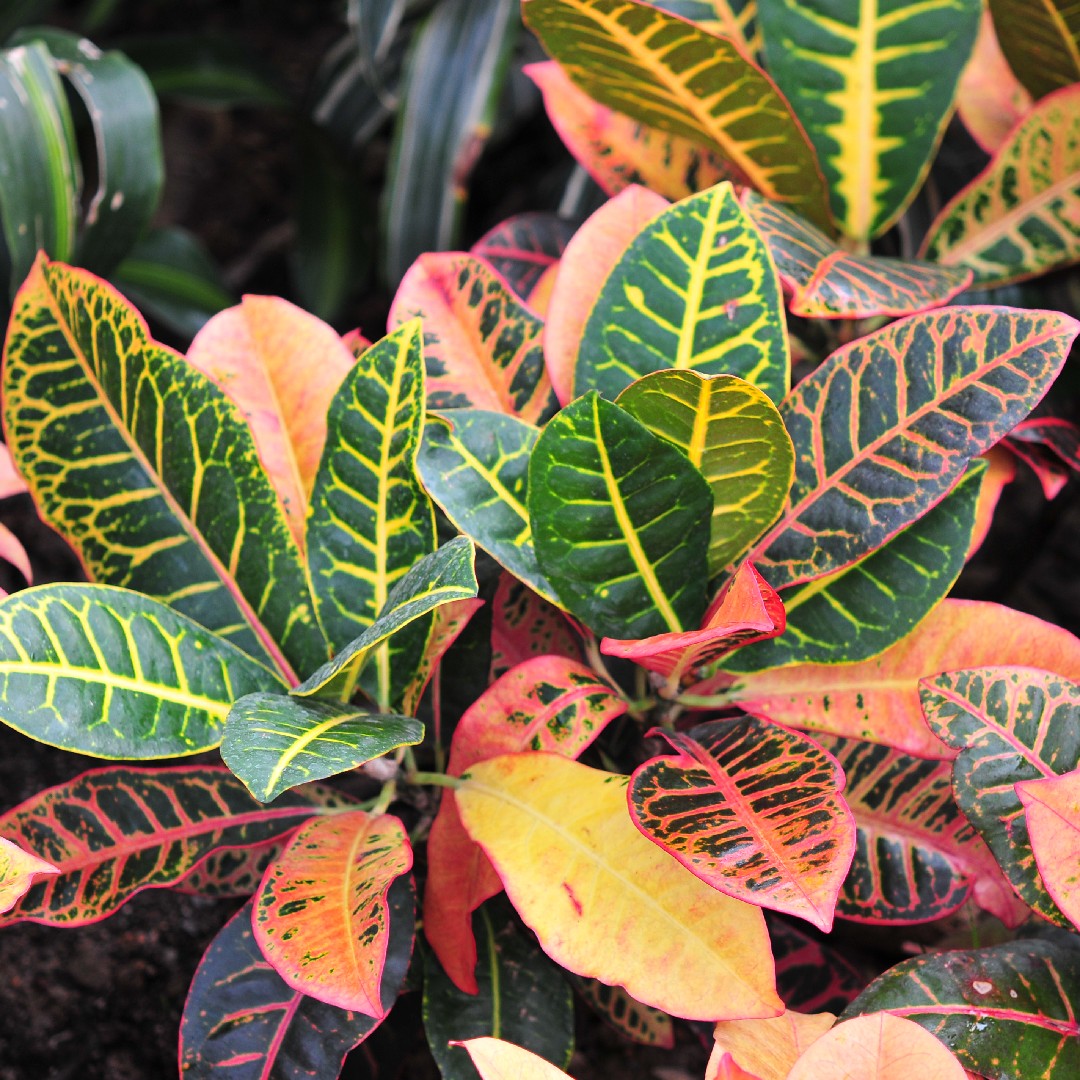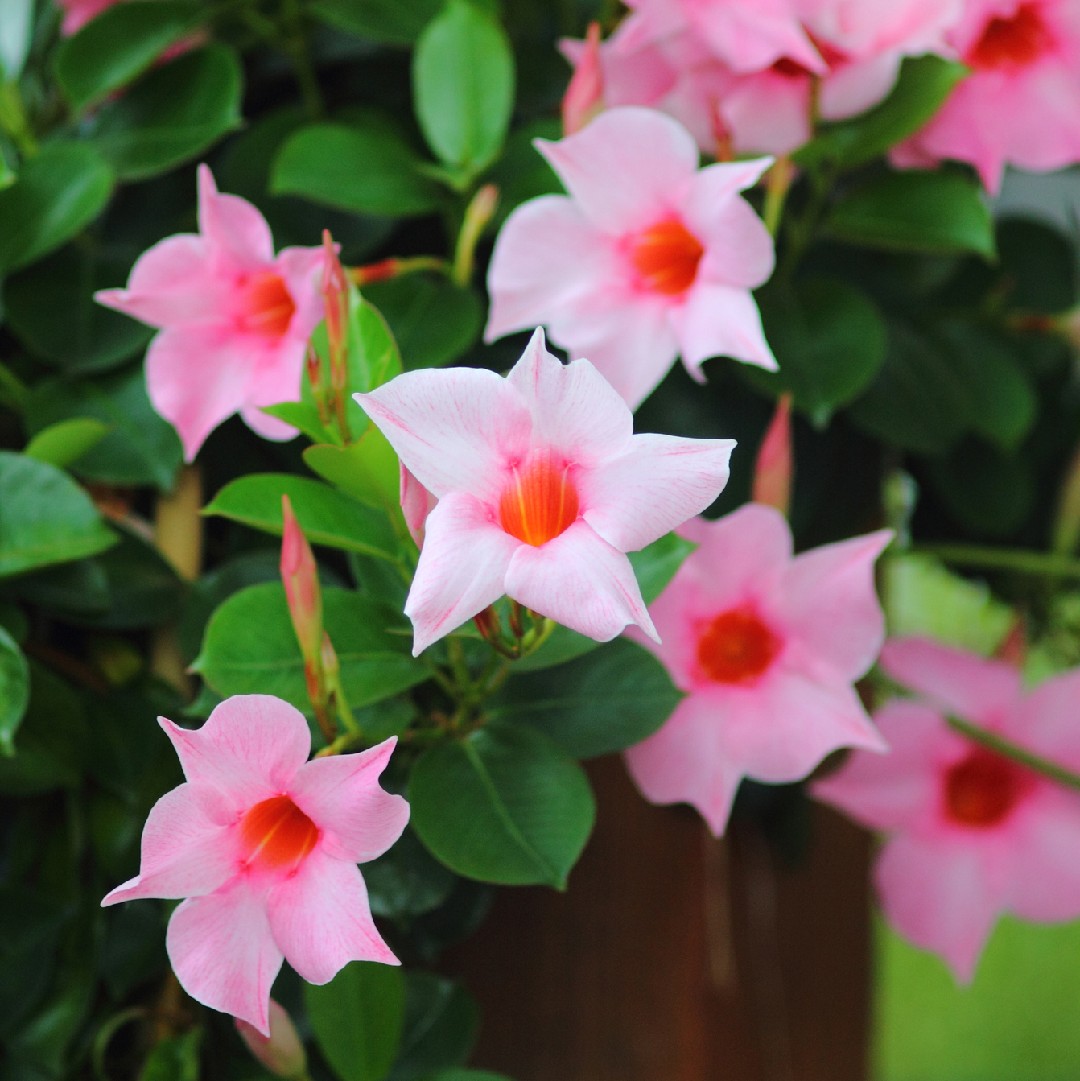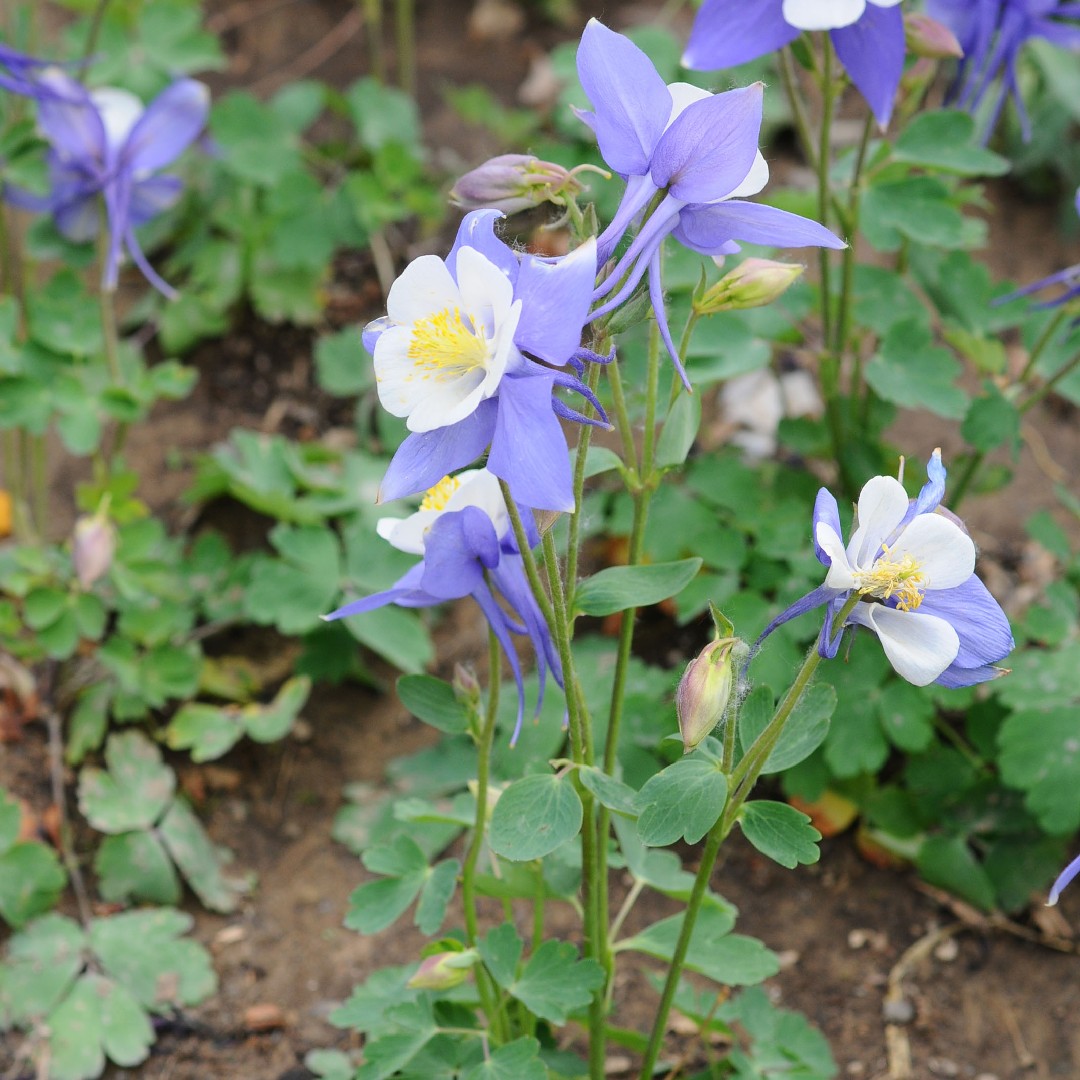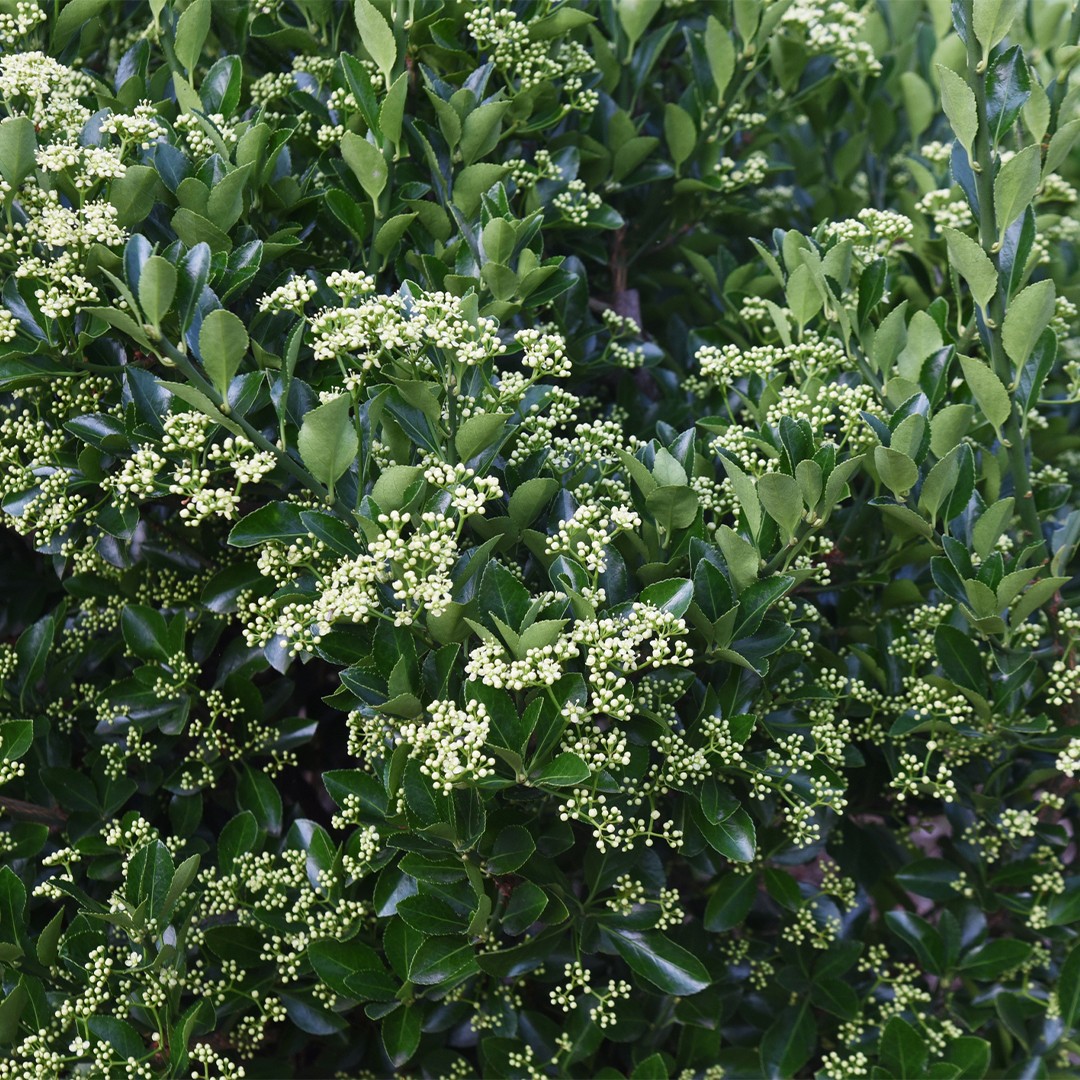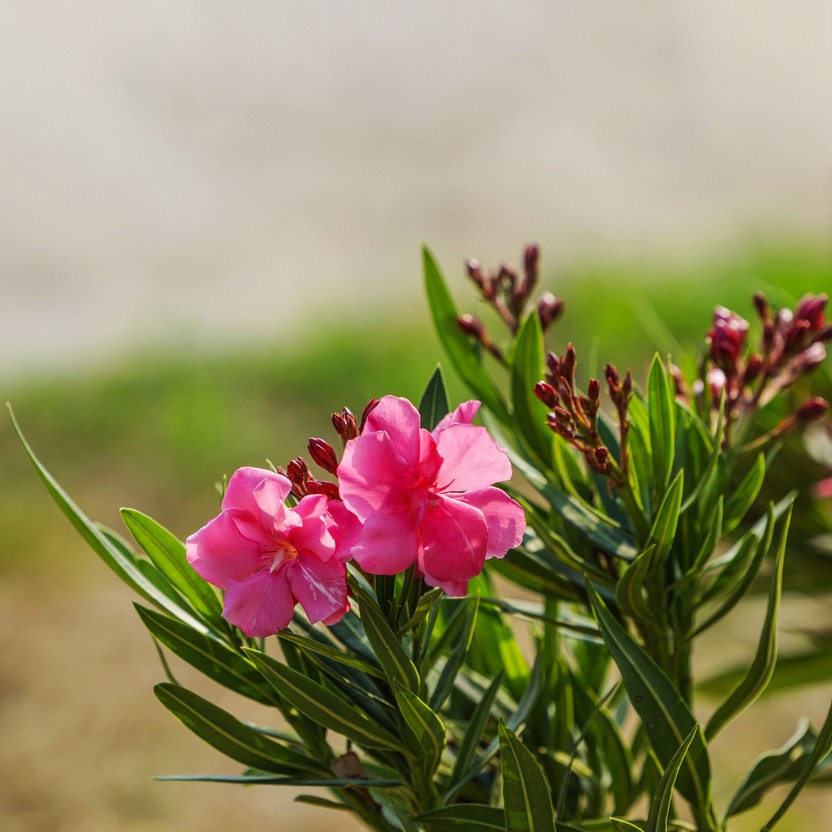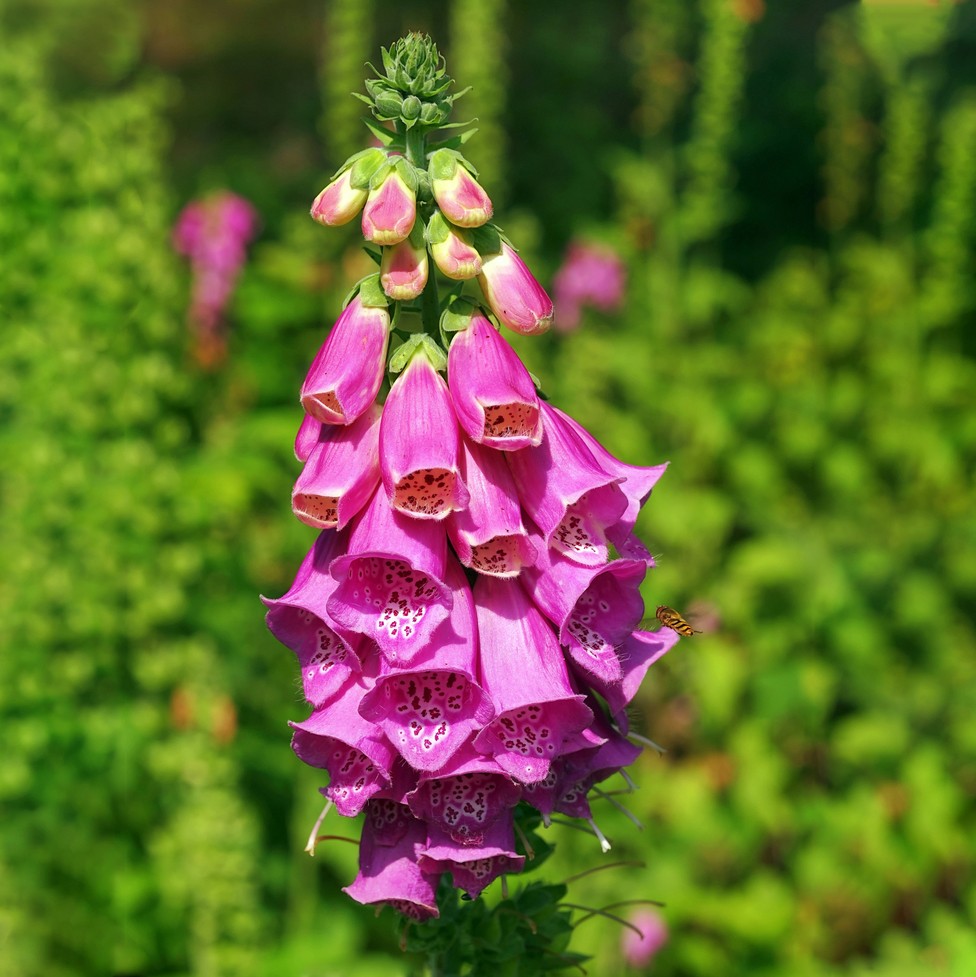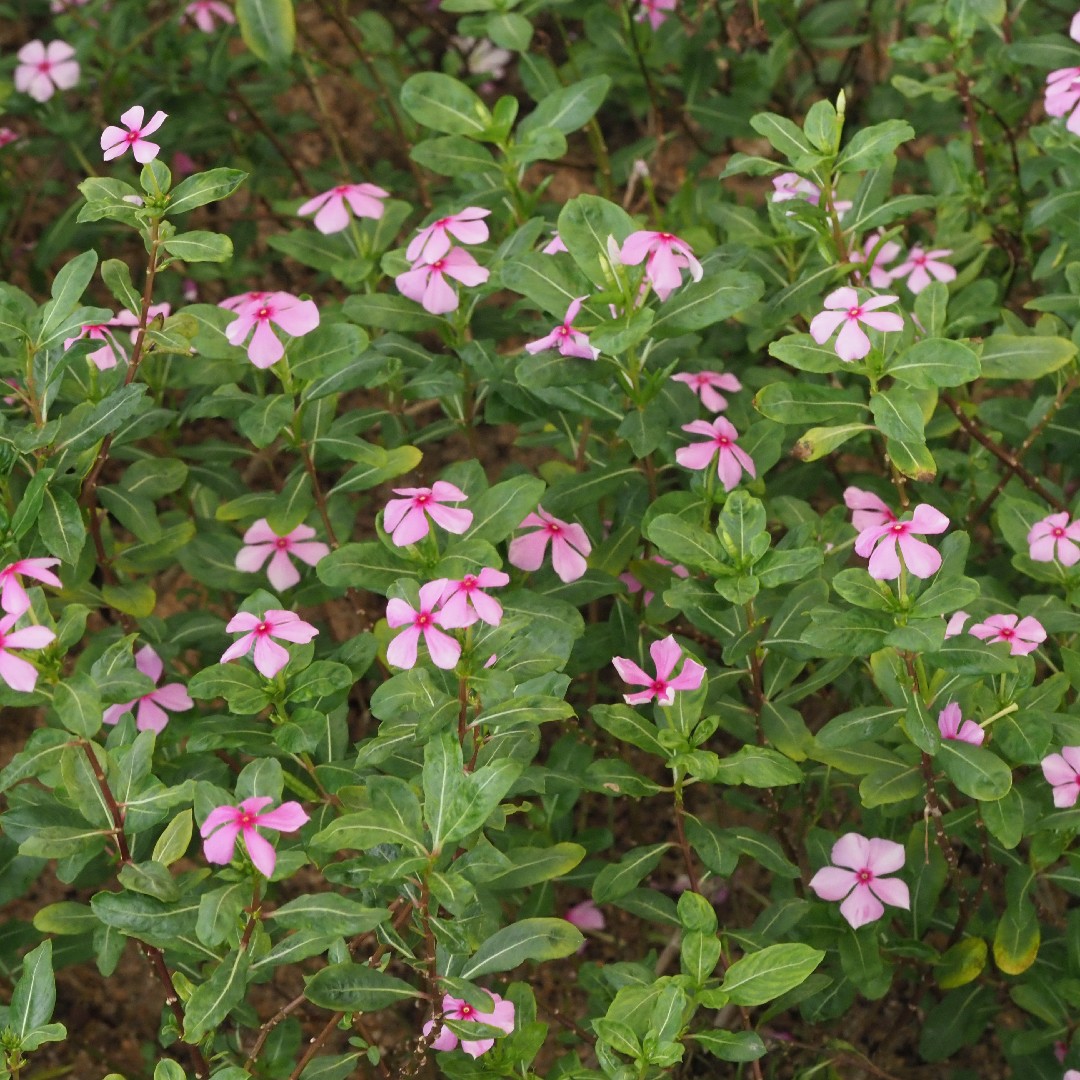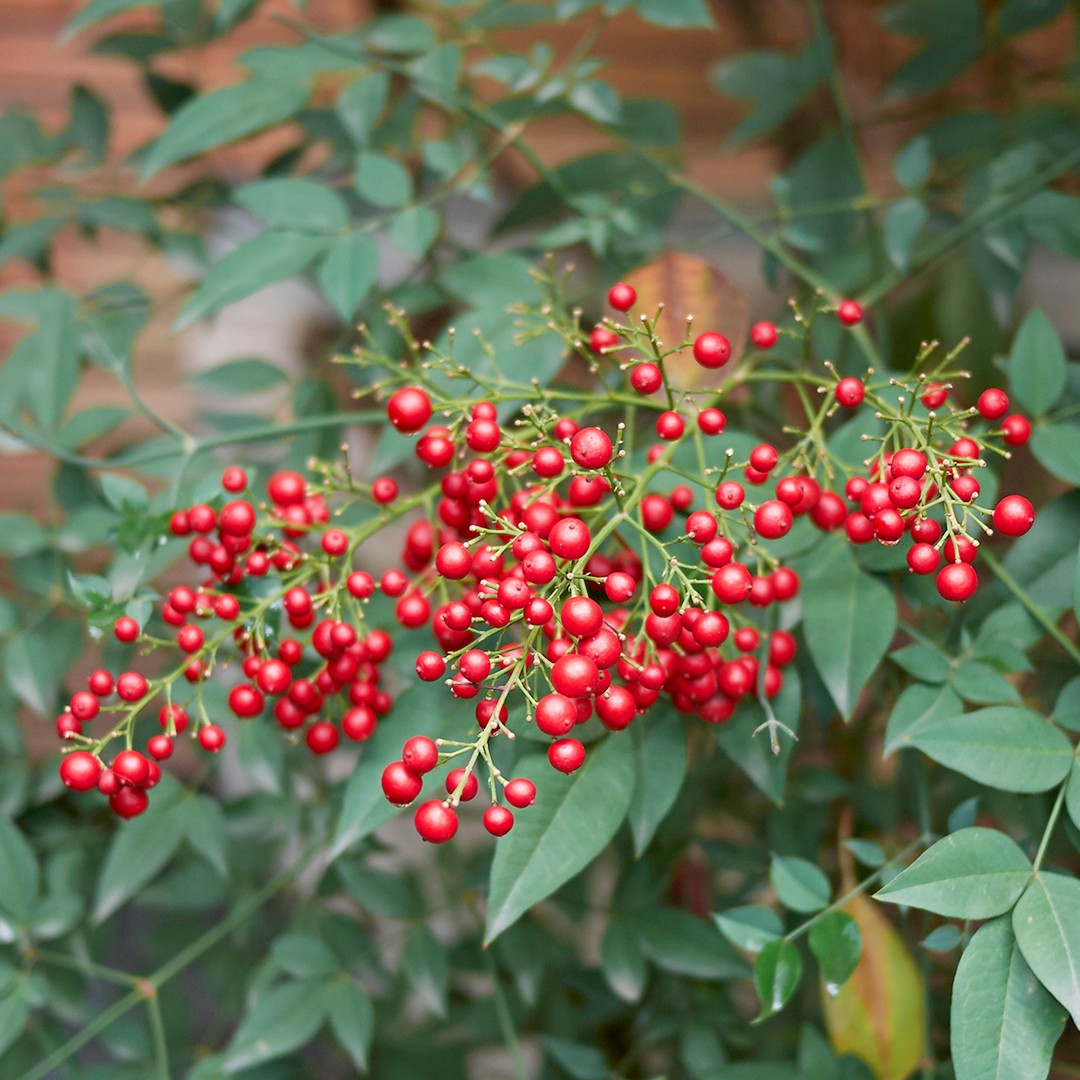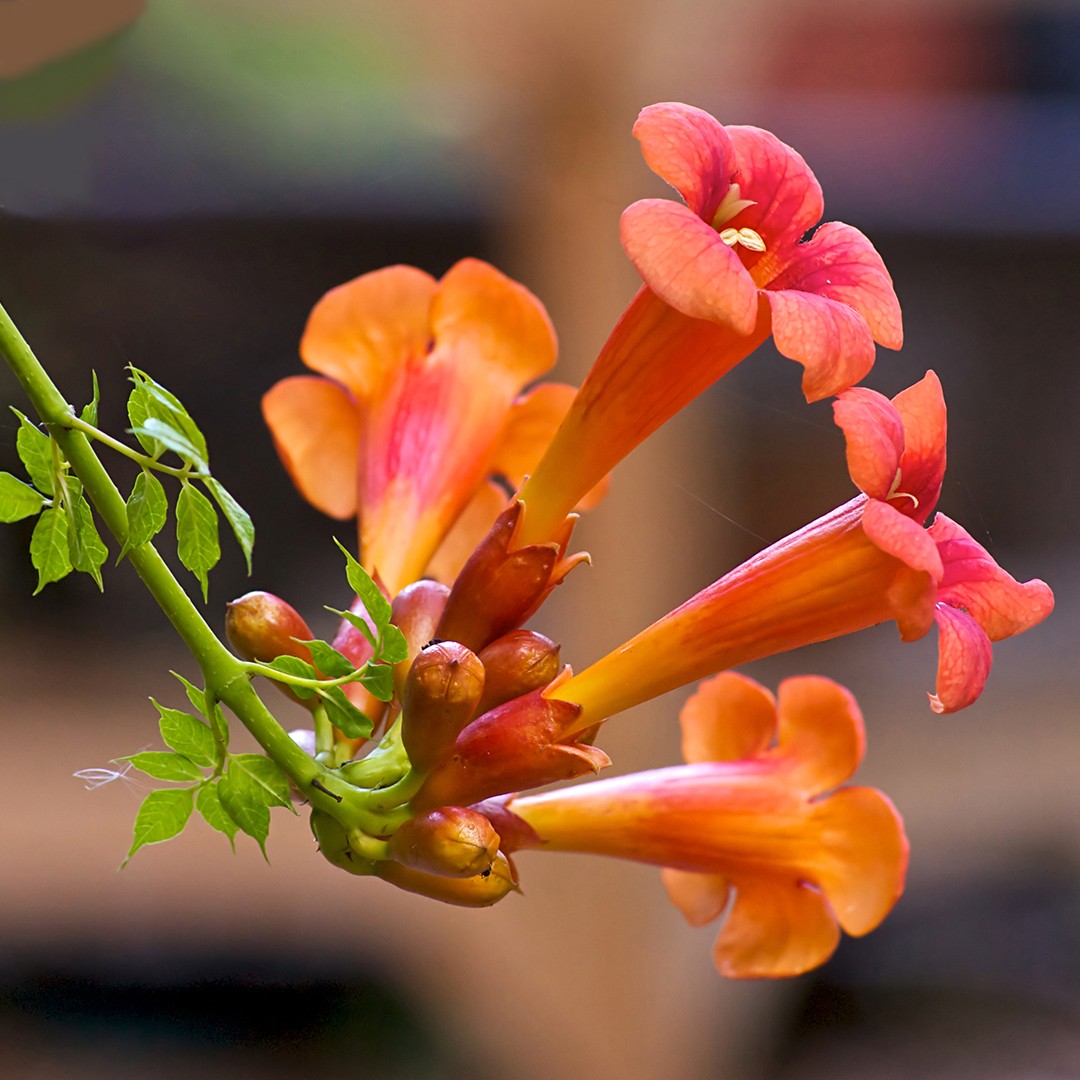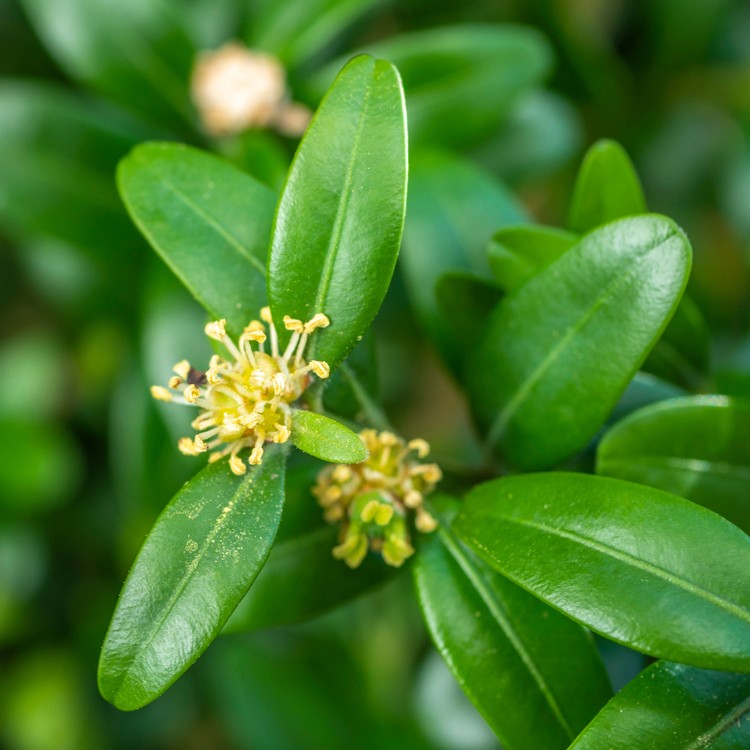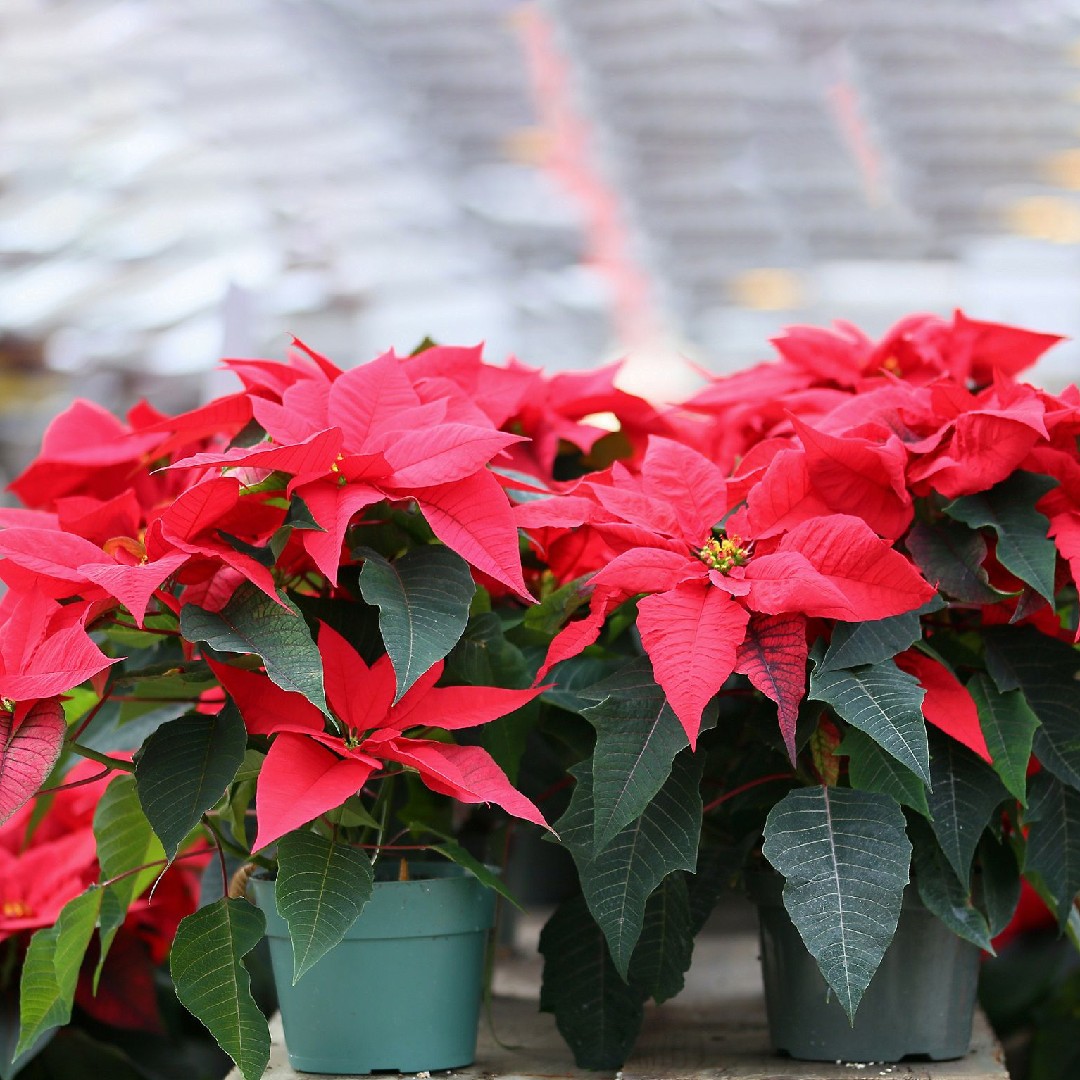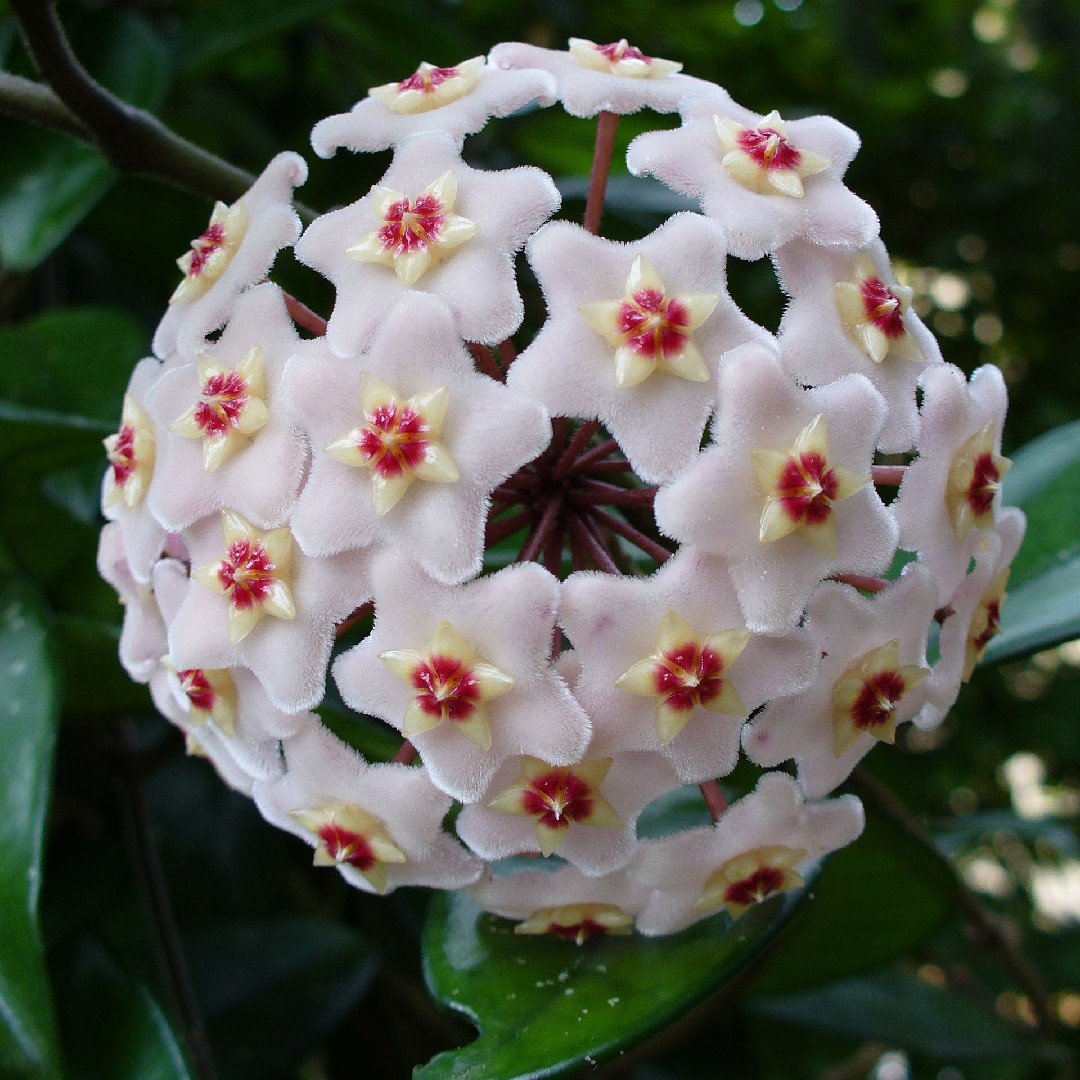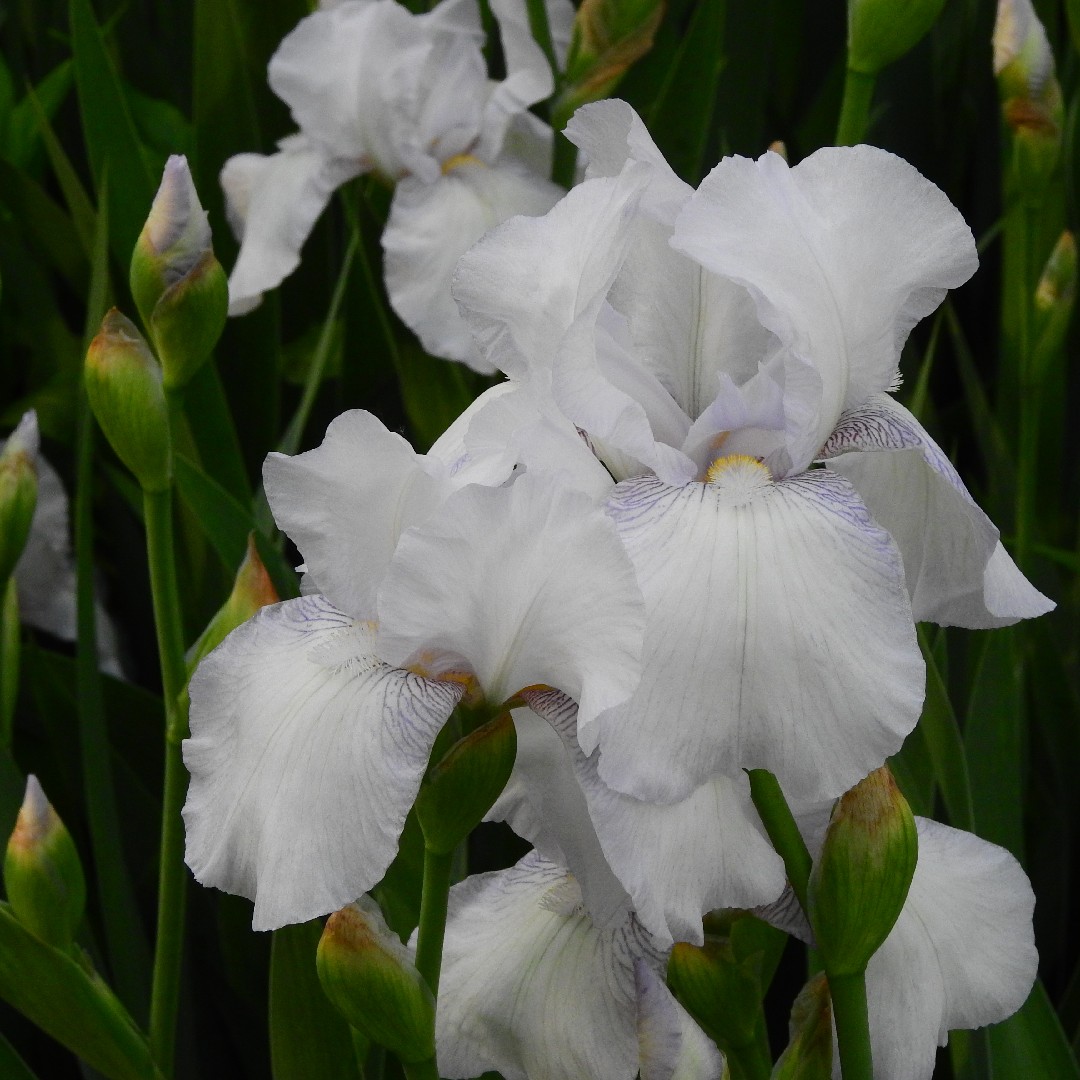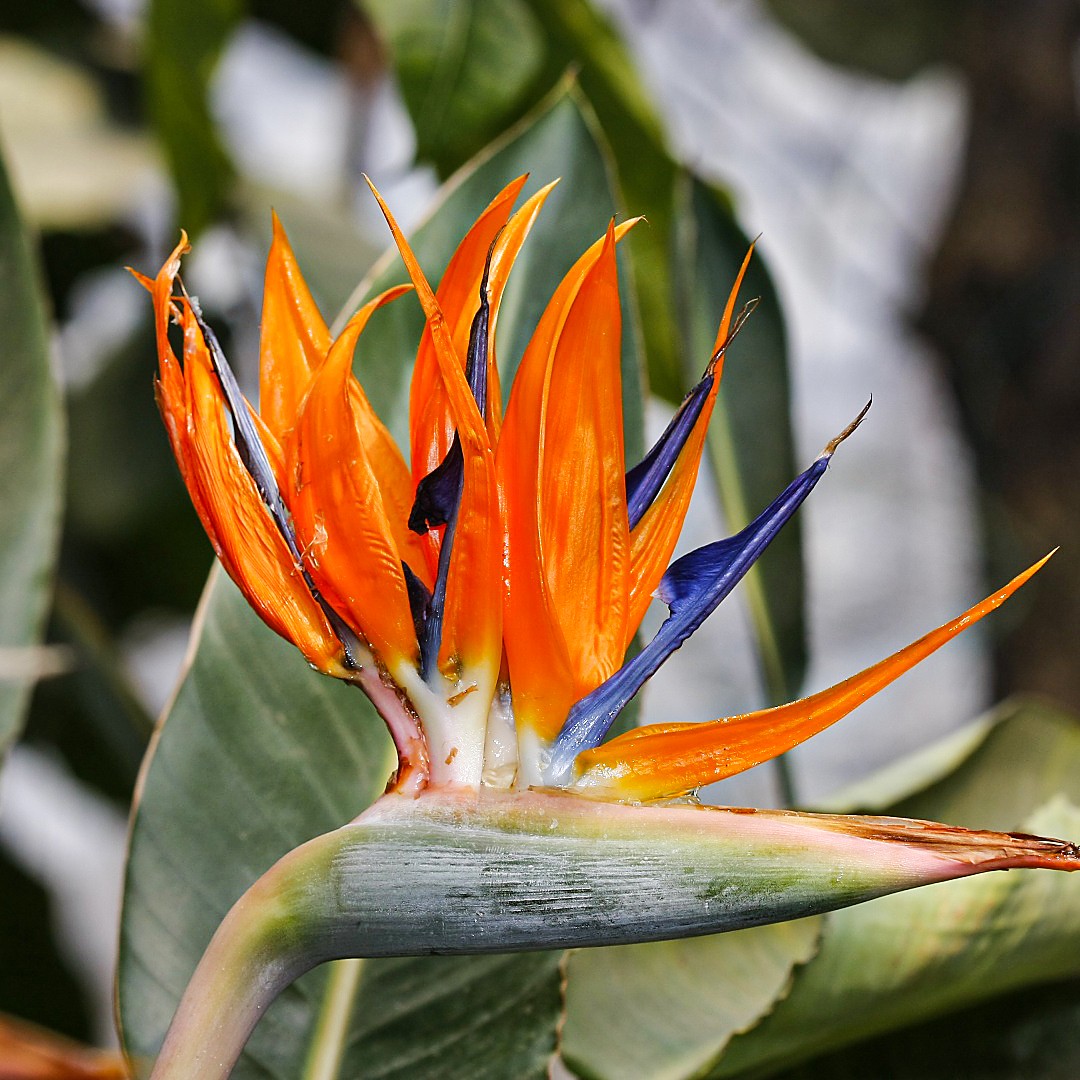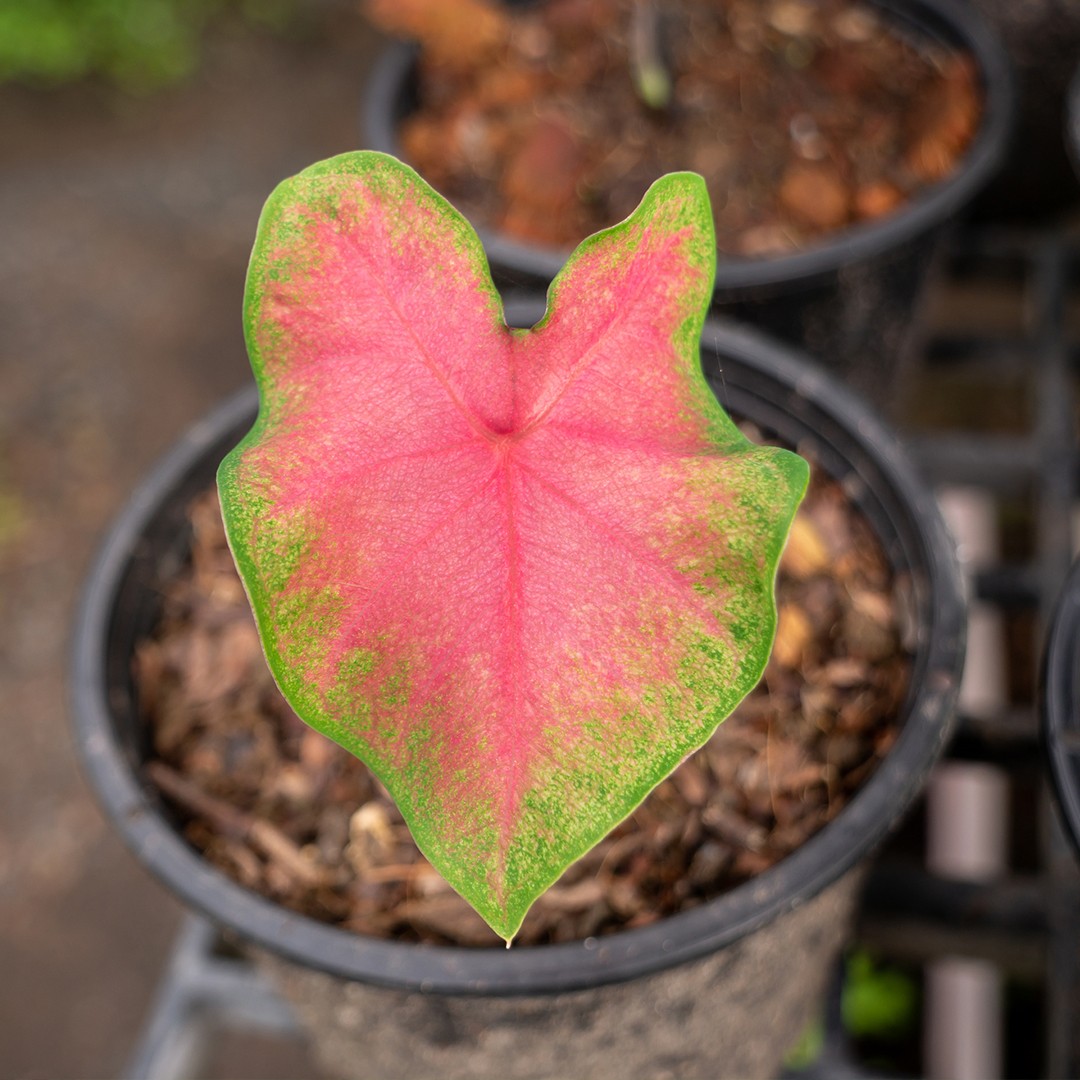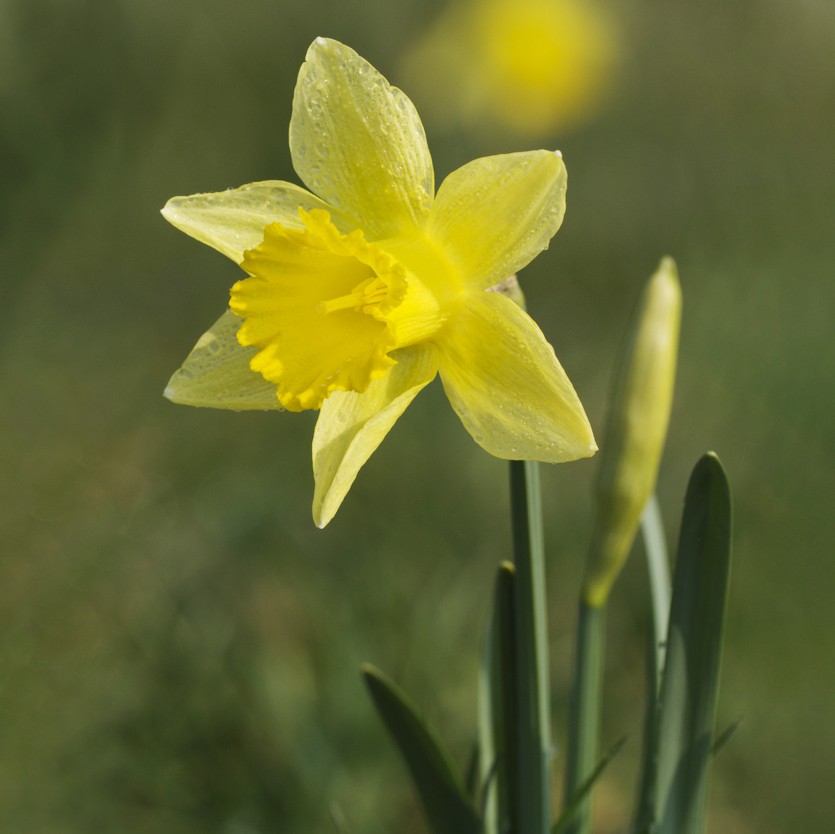What is the best way to water my Creeping cucumber?
When watering the Creeping cucumber, you should aim to use filtered water that is at room temperature. Filtered water is better for this plant, as tap water can contain particles that are harmful to its health. The reason that the water should be at room temperature or slightly warmer is that the Creeping cucumber comes from a warm environment, and cold water can be somewhat of a shock to its system. Also, you should avoid overhead watering for this plant, as it can cause foliage complications. Instead, simply apply your filtered room temperature water to the soil until the soil is entirely soaked. Soaking the soil can be very beneficial for this plant as it moistens the roots and helps them continue to spread through the soil and collect the nutrients they need.
![more]()
What should I do if I water my Creeping cucumber too much or too little?
Both overwatering and underwatering will be detrimental to the health of your Creeping cucumber, but overwatering is a far more common issue. When this species receives too much water, its stems and leaves may begin to wilt and turn from green to yellow. Overwatering over a prolonged period may also lead to diseases such as root rot, mold, and mildew, all of which can kill your plant. Underwatering is far less common for the Creeping cucumber, as this plant has decent drought tolerance. However, underwatering remains a possibility, and when it occurs, you can expect to find that the leaves of your Creeping cucumber have become brittle and brown. It is crucial that you notice the signs of overwatering as soon as possible when caring for your Creeping cucumber. Some of the diseases that arise from overwatering, such as root rot, may not be correctable if you wait too long. If you see early signs of overwatering, you should reduce your watering schedule immediately. You may also want to assess the quality of soil in which your Creeping cucumber grows. If you find that the soil drains very poorly, you should replace it immediately with a loose, well-draining potting mix. On the other hand, if you find signs that your Creeping cucumber is receiving too little water, all you need to do is water more regularly until those signs have subsided.
![more]()
How often should I water my Creeping cucumber?
If your plant is in a pot. The most precise way to decide whether your Creeping cucumber needs water is to plunge your finger into the soil. If you notice that the first two to three inches of soil have become dry, it is time to add some water. If you grow your Creeping cucumber outdoors in the ground, you can use a similar method to test the soil. Again, when you find that the first few inches of soil have dried out, it is time to add water. During the spring and early fall, this method will often lead you to water this plant about once every week. When extremely hot weather arrives, you may need to increase your watering frequency to about twice or more per week. With that said, mature, well-established the Creeping cucumber can show an admirable ability to withstand drought.
![more]()
How much water does my Creeping cucumber need?
When it comes time to water your Creeping cucumber, you should not be shy about how much water you give. With the first two to three inches of soil dry, this plant will appreciate a long and thorough watering. Supply enough water to soak the soil entirely. The amount of water you add should be enough to cause excess water to flow through the drainage holes at the bottom of your pot. If you don’t see excess water draining from the pot, you have likely underwatered your plant. But do not let the water accumulate inside the soil, which will be very dangerous to the plant as well. Alternatively, a lack of water draining through the pot could indicate poorly draining soils, which is detrimental to the health of this plant and should be avoided. If the plant is outside, 1 inch of rain per week will be sufficient.
![more]()
How should I water my Creeping cucumber at different growth stages?
The water needs of the Creeping cucumber can change depending on growth stages as well. For example, when your Creeping cucumber is in the first few years of its life, or if you have just transplanted it to a new growing location, you will need to give more water than usual. During both of those stages, your Creeping cucumber will put a lot of energy towards sprouting new roots that will then support future growth. For those roots to perform their best, they need a bit more moisture than they would at a more mature phase. After a few seasons, your Creeping cucumber will need much less water. Another growth stage in which this plant may need more water is during the bloom period. Flower development can make use of a significant amount of moisture, which is why you might need to give your Creeping cucumber more water at this time.
![more]()
How should I water my Creeping cucumber through the seasons?
The Creeping cucumber will have its highest water needs during the hottest months of the year. During the height of summer, you may need to give this plant water more than once per week, depending on how fast the soil dries out. The opposite is true during the winter. In winter, your plant will enter a dormant phase, in which it will need far less water than usual. In fact, you may not need to water this plant at all during the winter months. However, if you do water during winter, you should not do so more than about once per month. Watering too much at this time will make it more likely that your Creeping cucumber will contract a disease.
![more]()
What's the difference between watering my Creeping cucumber indoors and outdoors?
It is most common to grow the Creeping cucumber indoors for any gardener that does not live in temperate and tropical regions. Those gardeners should consider the fact that soil in a container can dry out a bit faster than ground soil. Also, the presence of drying elements such as air conditioning units can cause your Creeping cucumber to need water on a more frequent basis as well. if you planted it outside. When that is the case, it’s likely you won’t need to water your Creeping cucumber very much at all. If you receive rainfall on a regular basis, that may be enough to keep your plant alive. Alternatively, those who grow this plant inside will need to water it more often, as allowing rainwater to soak the soil will not be an option.
![more]()
Is pruning necessary for my Creeping cucumber?
It is helpful to lightly prune this plant periodically during the spring and summer. When performing this light pruning, you should search for leaves that have wilted, become discolored, show signs of disease, or have died completely. Remove dead or damaged leaves by cutting their petioles, or trimming off stems that have died. This will increase the light and ventilation of the plant and help it to grow. Some gardeners also choose to remove the flower buds of the Creeping cucumber. However, removing flower buds before they open is a strictly aesthetic decision that will emphasize the beauty of this plant’s showy leaves.
![more]()
When should I prune my Creeping cucumber?
You can prune your Creeping cucumber any time you notice dead, diseased, or damaged leaves during the growing season. Once you notice such a leave, locate an unwanted leaf, then follow its stem all the way to the bottom of petiole. Removing dead stems will increase the light and ventilation of the plant and help it to grow. you can cut its stem just above the soil’s surface to remove it. Such pruning can take place as needed during spring and summer. Also, this plant can bloom any time between spring and fall, and some gardeners choose to remove flower buds before they have a chance to open. Removing unopened flower buds allows this plant to focus most of its growing energy on its beautiful leaves. However, pruning in this manner does not necessarily influence the plant’s overall health.
![more]()
How do I prune my Creeping cucumber?
Pruning the Creeping cucumber is as easy as waiting until you notice dead or damaged leaves on your plant. When you recognize these leaves, equip yourself with a pair of sharp and sterile hand pruning shears. Hand pruning shears will work best as larger tools like loppers will not be well suited to the precise cuts you need to make. Once you have a proper set of pruning tools, locate an unwanted leaf, then follow its stem all the way to the bottom of petiole. Removing dead stems will increase the light and ventilation of the plant and help it to grow. Cut the stem just above where it exits the soil to remove it entirely. If you wish to stop this plant from flowering, you can use the same pruning shears to remove any buds before they open. Finally, you may prefer to just trim off dead or damaged portions of the plant, including deadheading spent flowers, to keep it looking its best. This can be done at any time of year. Diseased or damaged stems should be cut right at the soil line and removed completely. Blooms should be cut off just below the flower head.
![more]()
What should I do after pruning my Creeping cucumber?
Since pruning for the Creeping cucumber should take place periodically throughout the season, what you do after pruning can vary. For instance, if you prune to remove selected leaves and stems from your Creeping cucumber, you won’t need to do anything except continue your regular maintenance routine. At times, you may choose to remove healthier leaves and include them in a display of cut flowers and foliage. However, there is no crucial maintenance task to perform for this plant after typical pruning. The only thing to note is that when watering after pruning, you need to be careful not to touch the wound to prevent fungus from infecting the plant through the fresh wound. Placing Creeping cucumber in a well-ventilated location will also help the wounds to dry out and heal in time. The timely replenishment of Creeping cucumber after pruning will help the Creeping cucumber to recover as soon as possible.
![more]()
Are there any important tips when pruning my Creeping cucumber?
For your major pruning, use sharp pruning sheers that will make clean cuts to avoid damaging your plants. As you are pruning your Creeping cucumber, step back occasionally to check the appearance of the plant to make sure it has the shape you want and that you are pruning it symmetrically. If the overall growth of the plant is weak, the flowers need to be pruned back in time for flowering to be able to save nutrients for leaf growth and allow the plant to grow more vigorously.
![more]()
What type of sunlight does Creeping cucumber need?
Creeping cucumber needs full sun every day, and these plants rely on a minimum of six hours of sunlight to keep their leaves, roots, and blooms in a healthy state. Even though most perennials need six hours of sunlight a day, plants like the Orange Daylily or Giant Coreopsis could live off less sun for a minimum of three hours daily. Even though these perennial flowering plants can live with only three hours of direct sunlight, they won't be able to thrive like they would in sunnier conditions.
![more]()
Can sunlight damage Creeping cucumber? How to protect Creeping cucumber from the sun and heat damage?
The few Perennial Flowering Plants that don't like excessive heat in warm climates might react poorly to too much sun if they have heat damage. These plants may wilt or dry out from too much sun and may also develop growth issues if they're regularly in the sun during the most intense heat of the day. Some plants don't need protection from the light afternoon sun, but those that are harmed by intense afternoon exposure should be provided some shade in warmer climates. Gardeners could give these plants plenty of shade by planting them in spots that don't receive direct heat during the afternoon, like under trees or behind bushes.
![more]()
Should I protect Creeping cucumber from sun exposure?
While many perennial plants need plenty of sun to bloom to their fullest extent, some of them benefit from less sun in warmer climates. For example, people who live in hotter climates might want to provide shade for their flowering perennials in the hot afternoon sun, and this is even more true for months in the summer. Even though some perennial flowering plants will benefit from partially shaded in the hottest climates, plants like the Giant Coreopsis aren't intimidated by too much sun. They might sit outside in the full sun in hot weather and still thrive.
![more]()
What will happen if Creeping cucumber gets inadequate sunlight?
If you're growing Creeping cucumber and you aren't getting enough sunlight, you'll notice signs of inadequate requirements in your plants. Most plants won't produce as many blooms as they would if they had full sun exposure. Some plants will develop dry spots on their leaves, but most of these plants will still bloom in the inadequate sun. Even though they bloom, the flowers will be smaller and less full.
![more]()
Does Creeping cucumber need special care about sunlight during its different growth stages?
Creeping cucumber is great flowers in gardens and will have optimum blooming if it gets six hours of sunlight a day minimum. Sometimes, flowers stay fresh longer if they're partially shaded during the really hot parts of the day. When Creeping cucumber is young, gardeners want to ensure their younger plants are getting plenty of sunlight but don't have to endure intense heat during the afternoon sunlight. If you have a fully mature plant, provide it with plenty of sun so it may keep up its growth properly.
![more]()
How much light does Creeping cucumber need for photosynthesis?
Creeping cucumber will need a minimum of six hours of light to best support their photosynthesis cycles. These flowering plants need the sun to help their foliage and blooms grow. However, certain perennial flowering plants like the Giant Coreopsis might need anywhere from eight to twelve hours of full sun a day to maintain their large flowers and healthy foliage.
![more]()
How much light should Creeping cucumber get per day to grow healthily?
If you want your Creeping cucumber to grow healthy and bloom as much as possible during its blooming season, you should try to give your plant six hours of direct sunlight. Some perennial plants might even do more sunlight and could sit in the sun for up to twelve hours, depending on the heat in the area and the general environment. Plants like the Red Hot Poker and Giant Coreopsis thrive in much hotter climates and might sit in all types of strong sunlight. Some home gardeners have to use grow lights because their spaces don't allow for tons of outdoor sunlight. Most perennials could grow happily in grow lights, but they will need anywhere from eight to fourteen hours of artificial light to stay strong since these lights don't have as much power as the sun.
![more]()
What is the optimal temperature for Creeping cucumber?
Colder temperatures can affect plants since they have the same temperature as the air around them. When they are exposed to the sun, they can start to get warm again, but this is not the case during winter. The temperature range for the Creeping cucumber is often 70~85℉(21~30℃). They might tolerate 20~30℉(-6~0℃) even 15℉(-10℃), but not for long since this can result in frost damage. Maximum temperatures should be around 70~85℉(21~30℃), but make sure that you spray them with water from time to time and give them some shade to prevent wilting.
![more]()
Should I adjust the temperature for Creeping cucumber during different growing phases?
Do some research and make sure that the temperature is right when growing Creeping cucumber. Some growers might consider decreasing the plants' thermostats during the growing season to reduce HVAC costs. However, it's vital to understand that the temperature can affect the flowering, pest management, and quality of the plants. There will be a temperature point where the Creeping cucumber will stop growing, and this can happen during the winter when some species might go into a dormant state. The base temperature becomes warmer when the season changes and the Creeping cucumber can grow faster. The species that are naturally growing in warm habitats have higher optimum temperatures when you compare them to the ones that thrive in a cooler climate. When the seeds of Creeping cucumber are exposed to cool temperatures, this can cause a decrease in uniformity and delays. You might also want to lower the temperature during flowering but not at other phases. Cooler temperatures at night will also require less water, so adjust the irrigation as needed.
![more]()
How can I keep Creeping cucumber warm in cold seasons?
Stop fertilizing the plant to avoid new growth and allow the old ones to become hardy. This way, they can endure colder temperature when it begins to drop. To keep them warm, you can build structures around the Creeping cucumber like cages or trellises. There are also options to use heat mats that can gently warm the soil since they can consistently maintain an ideal temperature range for the Creeping cucumber.
![more]()
How can I save Creeping cucumber from temperature damage?
During winter, you can protect the Creeping cucumber from frost by covering it with cloths, tarps, burlaps, sheets, or plastic buckets. Make sure to keep them down so they continue to act as insulators and the wind will not blow them away. However, ensure that the plastic sheets or burlap covers should not touch any part of the fruit or foliage, or the cold temperatures can transfer to the material and cause burns. When the temperatures begin to rise during the daytime, remove the covers.
![more]()
Should I adjust the temperature for Creeping cucumber in different seasons?
When growing the Creeping cucumber in spring, you might want to increase humidity since the air temperature tends to be cooler at this time. A dry temperature can be a stressful growing environment for various species, which can help. If summer arrives, the large cover of the greenhouse and the warm temperature will mean that there will be a higher humidity level in the air. Some signs to look for are the condensation that is often found on the walls of the greenhouse, and this can cause issues with pollination and the development of infections when the water begins to fall on the leaves. Make adjustments according to the temperature and do some spraying during the hotter days of the year.
![more]()
What damage will Creeping cucumber suffer if the temperature is too high/low?
Generally, the first cold snap can destroy the Creeping cucumber and others might go into a dormant state when the temperature is low. Some plants can get chilled when the temperatures range from 20~30℉(-6~0℃). They can freeze when the temperature begins to drop below 32℉(0℃). Those species that hide most of their parts under the soil might lose their structures above ground, but they can recover in spring. Some of the associated issues with too low temperatures are the lack of availability of resources like water, and nutrients, and those subtropical plants can suffer when the temperature reaches below 20℉(-6℃). The plants can also get damaged because of extreme heat stress when it's too high. This can reduce the transpiration rate that can affect the growth and productivity of Creeping cucumber.
![more]()
What tips and cautions should I keep in mind when it comes to temperature for Creeping cucumber?
You need to cover the plants at night since these can add about 5 degrees more to protect the species from frost and freezing temperatures. The cloth rows can work well as blankets and ensure that there are no openings where the heat could escape. When using the covers, avoid the plastic from touching the foliage because this can cause the Creeping cucumber to freeze. Remember to keep the covers during the day and stop using heat pads during the summer. It will always be worth the effort to protect the cold-intolerant plants from freezing temperatures to help them survive.
![more]()
How can I keep Creeping cucumber warm without a heat pad?
If you prefer not to use a heat pad, bring the Creeping cucumber inside, especially if it's freezing outdoors. During spring, consider the ones you need to bring indoors and plant them in moveable pots and containers.
![more]()
How can I provide Creeping cucumber with an adequate temperature condition?
Most often, the ones caring for the Creeping cucumber will grow them in greenhouses. This is because they can provide adequate temperature in these areas that won't affect the photosynthesis process of a specific process. Some install the proper HVAC systems to control the temperatures of Creeping cucumber. This can handle many species' cooling and heating needs, especially during the summer and winter. They generally place the cooling or heating pad under the plants rather than above to achieve their desired temperatures. If outdoors, you can protect the Creeping cucumber from frost by covering it with cloths, tarps, burlaps, sheets, or plastic buckets.
![more]()
Under what conditions should I stop adjusting the temperature for Creeping cucumber?
Heat mats are often left on Creeping cucumber to set the temperatures at a more consistent level. When the weather becomes warmer during the day, you can remove them, especially if the species are exposed to the sun. Put the pads away once the plants are established and when they start growing flowers and fruits.
![more]()
Why do I need to fertilize my Creeping cucumber?
The leaves of the Creeping cucumber comprise most of its main structure, and fertilization is one of the most impactful ways that you can ensure that those leaves look great while also serving their function. Proper fertilization will help your Creeping cucumber hold leaves with consistent color and a healthy texture. Fertilization also works below the soil's surface to help your Creeping cucumber generate new roots and maintain the roots that are already part of the root system. This means that fertilization will not just keep your plant healthy now, but it will also help your plant be better capable of absorbing soil nutrients in the future.
![more]()
When is the best time to fertilize my Creeping cucumber?
If you grow your Creeping cucumber outdoors each year, this perennial plant will send new growth shooting out in early spring. The emergence of those leaves is a sign that the time is right to begin fertilization for the year. Often, a Creeping cucumber will perform just fine with a single application of fertilizer when the spring arrives. However, if you wish to maximize the growth of your Creeping cucumber, you can repeat the feeding multiple times throughout the spring and early summer. If you choose this route, you can feed your Creeping cucumber about once every month to a month and a half.
![more]()
When should I avoid fertilizing my Creeping cucumber?
In the late fall and winter, your Creeping cucumber will enter a dormant phase in which it will no longer produce new growth. At this time, you should avoid fertilizing your Creeping cucumber. If you choose to fertilize multiple times during spring and summer, you should begin reducing your fertilization rate as summer approaches, as your Creeping cucumber 's growth rate will also slow. Overall, it is never a wise choice to fertilize your Creeping cucumber during times when the weather is unseasonably hot or when the soil is extraordinarily dry. Fertilizing in either of those cases can stress your Creeping cucumber and cause it to perish prematurely.
![more]()
What type of fertilizer does my Creeping cucumber need?
Fortunately, choosing the best fertilizer for a Creeping cucumber is a very straightforward task. These plants will thrive on a general-purpose garden fertilizer that has equal amounts of nitrogen, phosphorus, and potassium. A fertilizer that has a ratio of 10-10-10 or something similar will be very effective. When in doubt, be sure to avoid fertilizers that have high amounts of nitrogen. Most of the best fertilizer for a Creeping cucumber will come in a granular form. These fertilizers should be slow-release and will be very easy to apply to the soil. It can also be helpful to feed your Creeping cucumber using an organic soil amendment such as compost.
![more]()
How do I fertilize my Creeping cucumber?
Wait until your Creeping cucumber has just barely poked its first leaves through the soil's surface in early spring. Once you see that sign, apply a granular slow-release fertilizer with a balanced formula to the soil that surrounds the base of your Creeping cucumber. You can repeat a similar process later in the season if you choose. When reapplying fertilizer to a Creeping cucumber, you should, again, apply the fertilizer to the soil at the base of the plant rather than to the plant itself. At times, this may require you to move some leaves out of the way to access the soil above the roots. It's also often a good choice to water your Creeping cucumber before and after you feed it.
![more]()
What happens if I fertilize my Creeping cucumber too much?
The Creeping cucumber doesn't necessarily need to receive high volumes of fertilizer each year, which means overfertilization is entirely possible. If you overfertilize your Creeping cucumber, you will likely notice first that the leaves have turned brown. Overfertilization of Creeping cucumber is especially common if you use a fertilizer that has higher concentrations of nitrogen. High nitrogen content will likely cause the leaves of your Creeping cucumber to become discolored, lose much of their moisture, and begin curling at the margins. Many gardeners avoid such complications by limiting fertilization of their Creeping cucumber to once per year in early spring.
![more]()







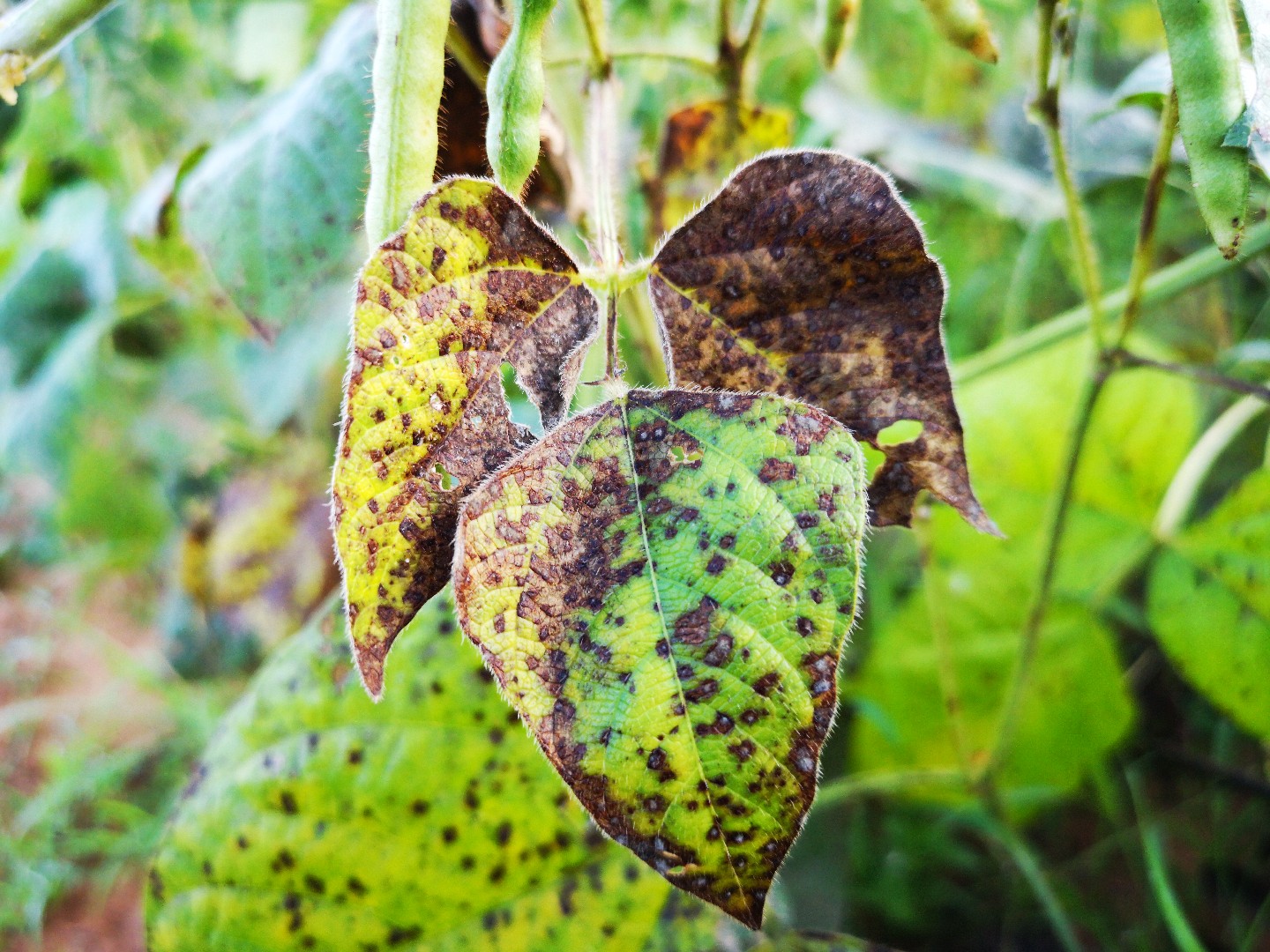
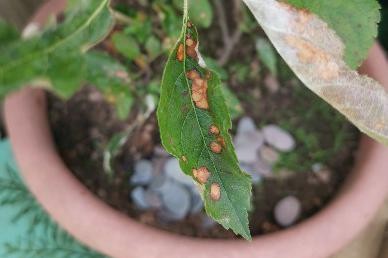
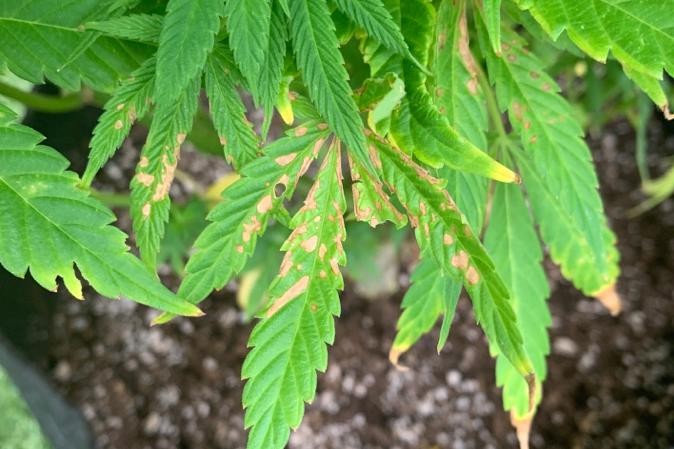


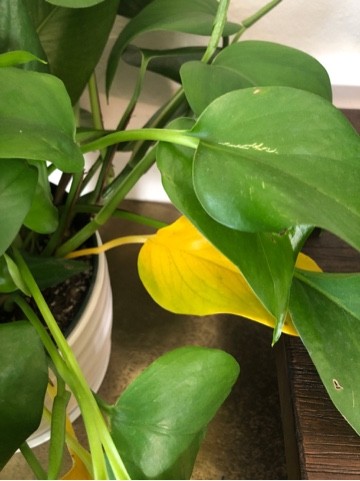



















 Watch how sunlight gracefully moves through your garden, and choose spots that provide the perfect balance of light and shade for your plants, ensuring their happiness.
Watch how sunlight gracefully moves through your garden, and choose spots that provide the perfect balance of light and shade for your plants, ensuring their happiness. 








